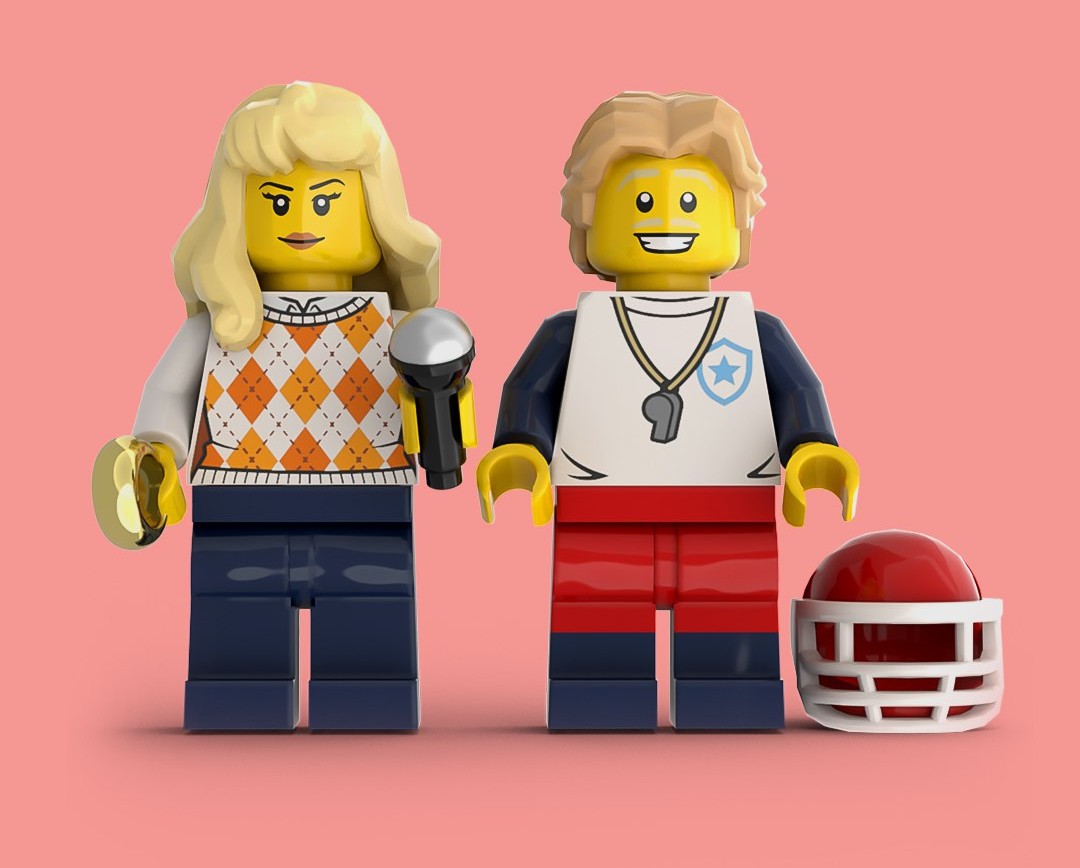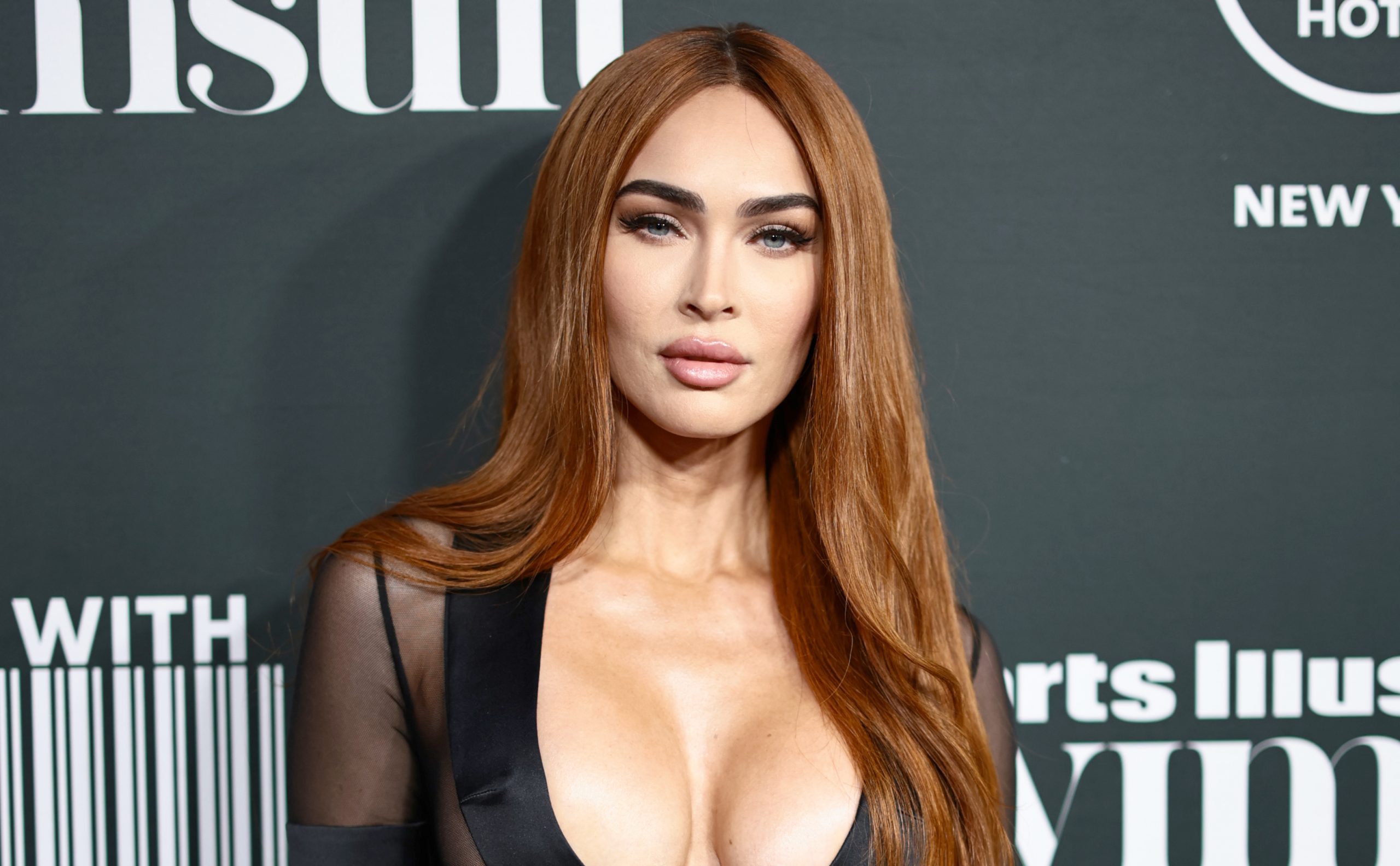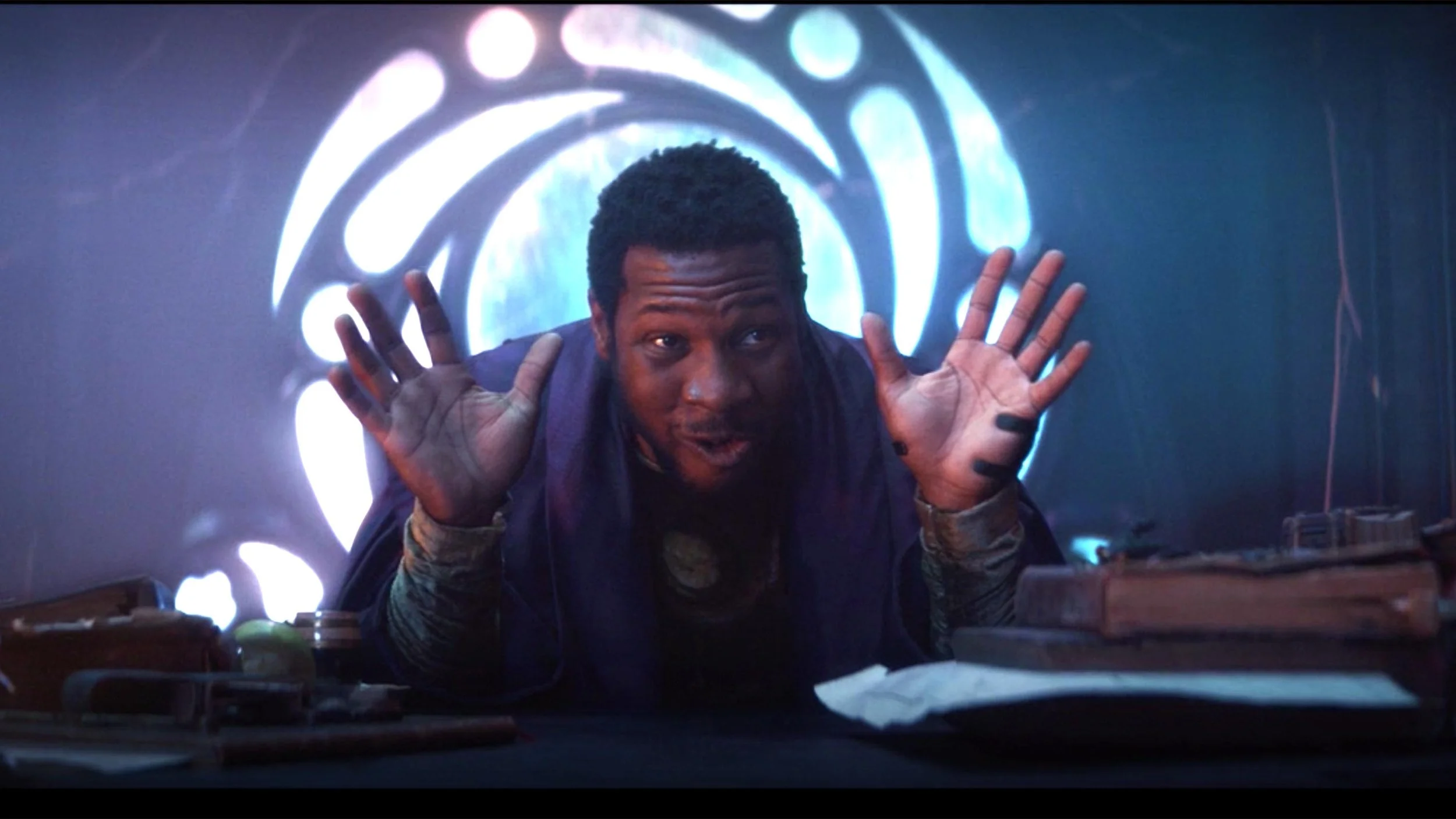While catwalks appear to be far more inclusive than they used to be, when you take a concrete inventory things seem far less utopian for minorities. This much adored sector actually turns out to be a mirror of minority representation and discrimination in society, especially against black women.
It is in this context that in the essay Black Bodies: Reflections on Modeling, Fashion, and Black Womenpublished this Wednesday 30 August (editions Les Insolent.es), Christelle Bakima Poundza27 years old, critic, author and director, studies place of black models in fashionand analyzes how the treatment of their bodies is similar in French society.
Interview with Christelle Bakima Poundza, author of Corps noirs
To miss. This book is both an investigation and a very personal account of black women’s bodies in fashion. What is its genesis?
Christelle Bakima Poundza. In 2019, I enrolled at the Institut Français de la Mode and, at the end of the course, I wrote a professional thesis on this topic. We were long before the death of George Floyd and the resurgence of the movement Black lives matter, long before criticisms of the lack of diversity in fashion were very visible. And at the time it was difficult to address this topic so head-on. Many of us dream of model images, but we have no idea who the women behind it are, what they experience on a daily basis, what they suffer from. We know nothing about them. I wanted this book to be transversal: it starts from the experience of black women in fashion, from the treatment of their body, to evoke that of black women in general. More than a fashion book, it is a company book.
The book notes that fashion is just a reflection of society. And indeed, reading, one realizes how much it influences a large part of the cultural industries.
Fashion is just a showcase of the place given to black women in society. This industry thinks that it lives in autarky, that it is isolated, that it has its own functioning. But its actors behave like everywhere, and perpetuate sexism, racism, misogynism… Consequently, as in society, the body of black women is often bestialized, animalized. They are described with a vocabulary that smacks of colonialism, they are said to be “wild”, “exotic”. Or they are not valued. Which is not necessarily different in other cultural industries. Except that fashion evokes little of its internal problems.
Take Aya Nakamura as an example. Today she is the face of Lancôme, she is dressed by the biggest brands, but it hasn’t always been like this. Why was the journey so long?
In my opinion, Aya Nakamura’s representation of the body in fashion is synonymous with how those of black women are treated in France. Most of the criticisms attributed to her concern her aesthetics or her body. In short, misogynistic criticism. He will always be too wild, too exotic, he would take up too much space. And she felt fashionable when she became known to the general public: she was despised.
He didn’t have access to some major brands, in reverse other artists born in the same period. It was necessary to wait Vogue UK he gives her a cover at the end of 2021, which Lancôme designates her as an inspiring muse, so that fashion can finally guarantee her icon status. But you have to question the timing : All of this happened in a period of economic panic. They realized they needed her more than she needed them. But when are you going to consider black women’s bodies when all is well?
So is it still capitalism when black bodies are enhanced by fashion?
Yes and no. There can be a real artistic approach. But For a designer or magazine to highlight black women, there has to be a justification, because their bodies are not considered neutral. If a stylist uses a black model for a campaign, he will either immediately justify himself, or he will be asked to justify himself. What other bodies, especially white models, are not entitled to.
This book also evokes the question of the place of black and queer models in fashion. As if it didn’t exist?
Black and queer models have been in fashion for decades. AS, Tracey Normantransgender model who had a great career in the 70s, or today Ysaunny Brito AND Laura Soto two openly pansexual models of Dominican descent. But their story is very thick deleted. Moreover, who can afford to live on his own strangenessto do his go out at work or, for the most famous models, in front of millions of people? Not to mention that the industry can sometimes benefit without necessarily ensuring a follow-up, as was the case in the present case Aweng Ade Chuol, model of South Sudanese origin who has been subjected to homophobic cyberbullying since her coming out. In 2020 she made the cover of HER UK, kissing his wife. A wonderful photo of her But she has received death threats behind her back, even her family, without many people taking sides with her, or even protecting her.
With all these factors, how can models take care of their mental health?
Hardly. Because in fashion, mental health is always discussed anecdotally or lightheartedly. For a chapter devoted to this question, I drew great inspiration from Saint-Omer by Alice Diop. While promoting the film, you talked a lot about what silence does to the body. And for models it is especially present: we touch them, we observe them, we see their bodies a lot, but we don’t feel them. And it weighs. If their careers are so short, it’s not just because of age: it’s also because of what their bodies go through. We can’t hear all the time among our 15-21 year olds comments like ” we don’t get you because you’re black ” OR ” we don’t get you because you’re fat “. Because it affects mental health colossally, but we don’t talk about it, it’s still even a little taboo.
The book has an entire chapter on nepo children. And here too we see that in fashion black nepo children are much worse off than their white colleagues…
Of course, everything nepo children they are not housed in the same boat. Their parents don’t all benefit from the same artistic and cultural imagination, so in fashion black models are not equal. An example is striking: the case of Didi Stonedaughter of the African singer Koffi Olamide. How many of nepo children, says that she built her career on her own, and her speech is understandable. Her rise is not due to her parents, because in fashion her father’s career does not necessarily cause a certain nostalgia, or she cannot turn into a marketing element, in reverse by Lily-Rose Depp, for example, whose mother was the muse Chanel.
[Didi Stone] they should have exploded, a long time ago, like the other nepo babies models. But he didn’t have the same opportunities. Just like the other black lambda models they don’t have the same possibilities as the white models.
Christelle Bakima Poundza.
Despite Didi Stone’s notoriety – she has a very large community on Instagram and is followed by an entire African diaspora – she’s not at the level she should be. She has never been chosen for the fashion shows of the best fashion houses. However, she was expected to explode, and that for a long time, like other Nepo Babies models. But she didn’t have the same opportunities. Just like the other black lambda models they don’t have the same possibilities as the white models.
Corps Noirs: Reflections on Models, Fashion and Black Women by Christelle Bakima Poundza, is published by Les Insolent.es.
The latest articles about
fashion industry
-
Naf Naf asks to be placed in receivership, after Jennyfer, Camaïeu or Kookaï
-
Lacoste launches its first women’s underwear, almost 60 years after its men’s underwear
-
Is it the end of the “too perfect” influencers, who no longer make us dream?
-
On TikTok, Tanner Leatherstein butchers Gucci, Chanel or Polène bags to judge their quality
-
After Inditex (Zara), H&M pledges to stop outsourcing in Myanmar that violates human rights
-
Ralph Lauren Canada, suspected of using Uyghur forced labor
Source: Madmoizelle
Mary Crossley is an author at “The Fashion Vibes”. She is a seasoned journalist who is dedicated to delivering the latest news to her readers. With a keen sense of what’s important, Mary covers a wide range of topics, from politics to lifestyle and everything in between.





